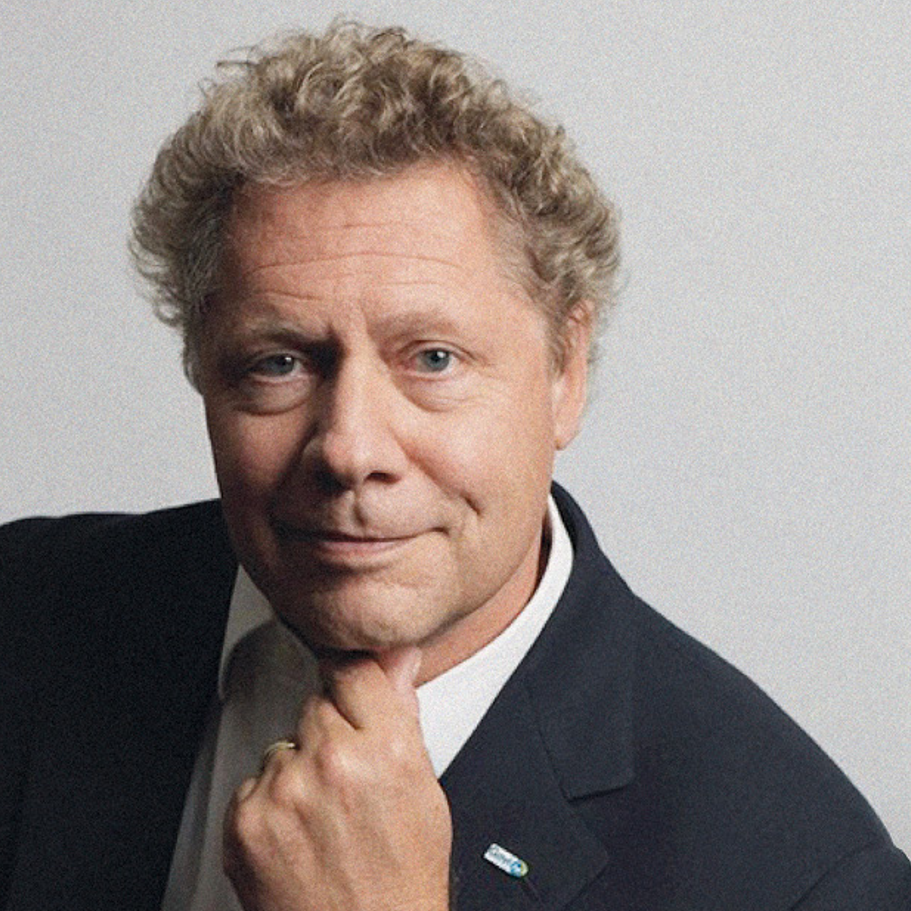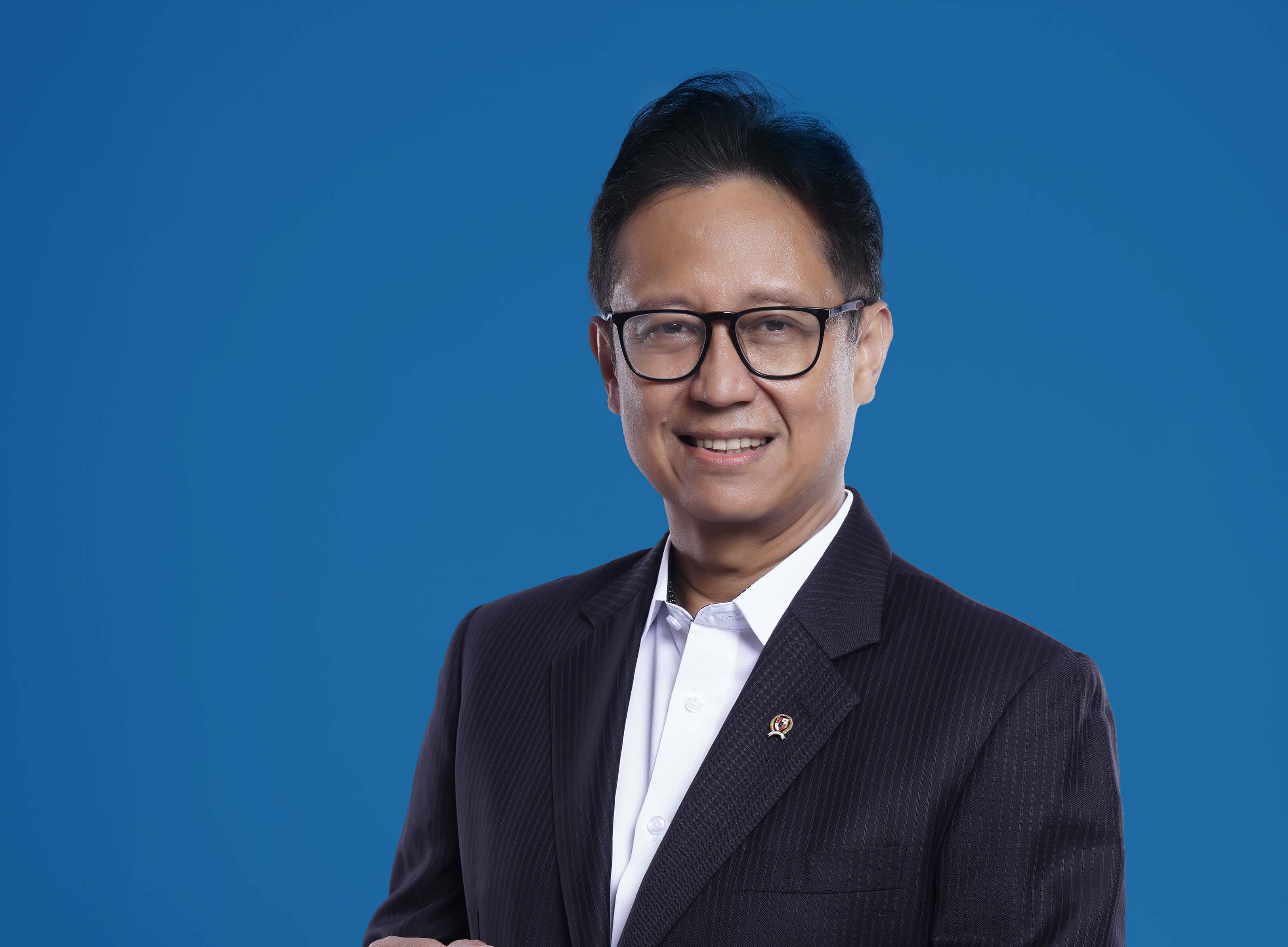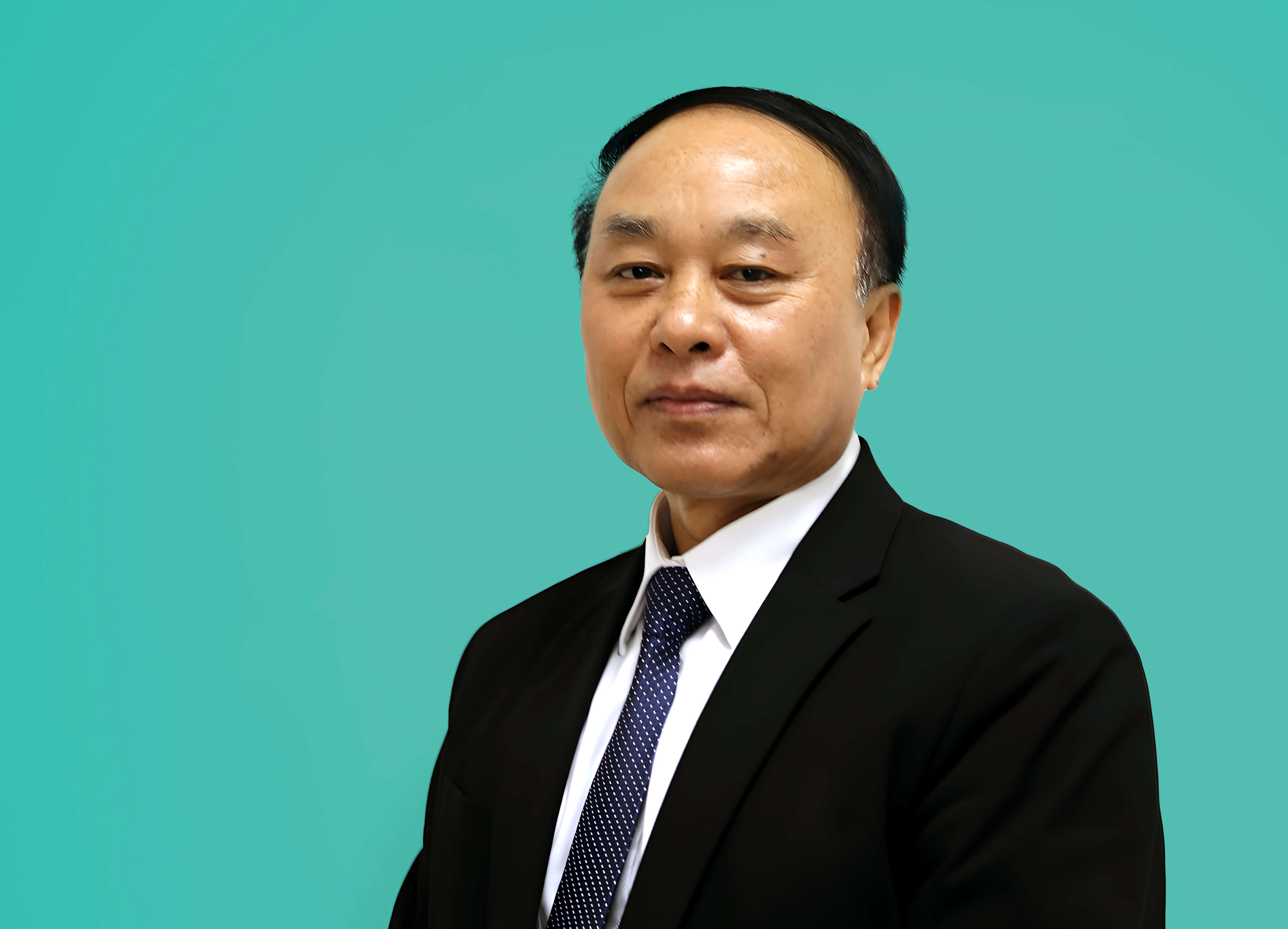


When COVID-19 first emerged, the speed at which it spread across the globe caught the world completely off-guard, triggering the worst global health crisis of our time.
Some countries, particularly in Southeast Asia, had some experience of dealing with novel coronaviruses, and many other governments looked to them for how to shape their own response. But it quickly became clear that this alone would not be enough to bring the pandemic under control; we needed both vaccines and vaccinations, and lots of them. Until people in all corners of the world were protected—not just those that could afford it—the virus would continue to circulate.
But that presented a number of major challenges. First were the significant scientific and technical hurdles involved in rapidly developing COVID-19 vaccines and producing them in the huge volumes needed. But even if vaccine production was possible—and at the time that was by no means a given—the next challenge was how to make them accessible to everyone. It would take the world’s largest and most complex global deployment of vaccines ever to end this pandemic, but how do you make that happen when roughly half the world’s population can’t afford to pay for them?
What we needed was a global solution to make the availability of vaccines, once they were developed, rapid, fair, and equitable. That solution is COVAX, a global mechanism aimed at ensuring that all participating countries get access to COVID-19 vaccines and that people who could not afford them—those living in the 92 lower-income countries, accounting for roughly half the world’s population—get them at no cost to themselves. The goal was to avoid a repeat of what happened in 2009 with the swine flu pandemic, where a small number of wealthy countries bought the entire global supply, leaving little for the rest of the world.
With COVID-19, we knew that a similar scenario was likely, that demand for vaccines would be huge, particularly at the early stage when there would be limited doses available. Yet, at the time, no one knew which, if any, of the vaccine candidates would ultimately prove to be safe and effective. With so much uncertainty, it was far from clear which horse to back and how to ensure that there would be enough vaccines to go around once they were available.
Co-led by my organisation, Gavi, the Vaccine Alliance; the Coalition of Epidemic Preparedness Innovations (CEPI); and the World Health Organization, COVAX sought to address this in two key ways. The first was to create a large and diverse portfolio of vaccines candidates and work with manufacturers to ensure that doses could be produced quickly and in the volumes needed the moment vaccines were authorised. But to do this, COVAX also needed to bring countries together to pool both financial resources and demand, to give it the purchasing power necessary to secure doses in the face of huge competition.
Even though COVAX was created with the world’s poorest people in mind, the way it was designed means it benefits everyone. That’s because it provides equitable access to vaccine doses not only to those who could not afford to pay, but also to the millions of people in dozens of middle-income, and even some high-income economies that can afford doses, but lack the resources to secure them. By providing a mechanism through which all countries could access COVID-19 vaccines fairly, COVAX laid a path through which people in all corners of the world can be protected. Ultimately, this is the solution that is needed to stop the virus from circulating.
The world rallied. Thanks to the incredible work of the scientific community and vaccine manufacturers, we were able to get not one, but so far 19 safe and effective vaccines authorised for use, and at record speed—the first one took just 327 days. And the governments of 193 economies came together to support COVAX. Getting this kind of global solidarity around a multilateral solution took time, and it was far from easy. It made it possible, however, for all participating countries to get access to vaccine doses and protect their citizens. The financial mechanism called the Gavi COVAX Advance Market Commitment (AMC), which was mainly funded by donors, provided doses to the 92 low-income countries.
Consequently, we have been able to get vaccines to people in lower-income countries just 39 days after the first COVID-19 vaccines became available in high-income nations. The delivery was two times faster than in the last pandemic in 2009. During the initial rollout, we also delivered seven times the volume of doses to four times the number of countries over a comparable period. By the end of the third quarter, hundreds of millions of doses will have been shipped to well over a hundred countries and economies across the world, including most of ASEAN.
None of this would be possible without the support and leadership of donor governments, like Japan, which hosted the Gavi COVAX AMC Summit in June, where we raised the remainder of the 9.7 billion US dollars needed to cover the costs of AMC doses. We needed to raise sufficient funds to get the gears turning early so that doses could be secured and delivered. We had to overcome substantial technical, regulatory, and logistical hurdles to ensure that countries had the supply chains, cold storage facilities, trained health care staff, and data systems in place, and all the necessary compensation, liability and indemnification legal safety nets too.
What this shows is that the COVAX model works but we can and must do more. We always anticipated that supplies would be limited during the initial rollout phase because of the intense demand. For this reason, we did not expect our supply lines to ramp up properly until after the summer. Even so, we have experienced serious supply shortages. This is partly because a small number of wealthy countries placed orders for considerably more doses than they needed for their populations—because they were unsure which vaccines would succeed. Then, the devastating second wave in India caused a significant impact on our supply lines as our largest early supplier, an India-based company, diverted its supply for domestic use. As a result, we have so far not shipped as many doses as we had initially planned.
We are still broadly on track to achieve our original target of close to two billion doses by the end of 2021. Still, given the continued spread of the virus and the emergence of dangerous and highly transmissible variants, we need to get there sooner. At a time when some high-income countries have now vaccinated two-thirds of their population, just 1.1 per cent of people in low-income countries have had their first jabs. That is why we are urging governments that either have doses to spare or do not need those allocated to them through COVAX to share them with AMC countries through COVAX.
Many have now responded and committed to share more than 500 million doses with COVAX. Of these, 150 million doses should reach us by the end of the third quarter, before our supply lines ramp back up, which will go a long way to help bridge the shortfall we are experiencing. The rest will enable us to reach more people more quickly, and protect around two billion people in AMC countries by end of the first quarter of 2022, helping these countries protect health care workers, older people and those with comorbidities—around 30 per cent of their population.
Given the current risks posed by the emergence of new variants, we really cannot get there quickly enough. While ongoing research into vaccines that can protect against variants is essential, by far the most effective way to stop variants from emerging is to reduce the ability of the virus to spread. Even though we still do not know the full extent to which different vaccines prevent transmission, the best way to do that is to ensure that all people most at risk are protected as quickly as possible.
COVAX has demonstrated that it is possible to remove the financial barriers to vaccines during a pandemic and provide access. Looking ahead, if we are to be better prepared for the next pandemic—and it is an evolutionary certainty that there will be a next one—we will need to find solutions to speed up access in the face of the vaccine hoarding and vaccine nationalism we have seen, as well as the export bans of vaccines and the vital components needed to make them, all of which have created supply bottlenecks during this pandemic.
The solution to all this has to be through increased global vaccine manufacturing capacity. COVID-19 has required huge volumes of vaccine doses, many more doses than are normally produced each year globally. One reason why we were able to get so many doses so quickly is through the use of technology transfers, where manufacturers share both their intellectual property and the vital know-how that is essential to making vaccines with other manufacturers, so they can produce them too.
These tech transfers have worked extremely well, but we need more manufacturers and more geographical diversity in the production sites, including across the ASEAN region, to ensure that people in all countries get the doses they need and are not hindered by export bans. That is not going to happen overnight, but the time to start building that additional capacity is now.
So far, this pandemic has seen a reported four million deaths and 190 million confirmed cases, but the true long-term impact on people’s lives and livelihoods and the global economy will not be known for years. Besides the direct health impact COVID-19 has had on people’s lives, there have been huge knock-on effects on other vital health services, which will also cost lives and have economic repercussions. Despite decades of immense progress, the latest data suggests that disruptions to routine childhood immunisation services caused by the pandemic led to declines in coverage last year and if it was not for a concerted recovery effort, it could have faced a massive backslide. This decline not only put the lives of millions of children at risk from vaccine-preventable disease but also increased the risk of outbreaks of other diseases.
We still have a long way to go before we see an end to this pandemic’s acute phase. ASEAN countries can help by supporting COVAX’s mission to achieve global equitable access. As ASEAN is an economic powerhouse, home to some of the fastest growing economies and the fourth largest trading hub in the world, it is in ASEAN’s best interest to bring this crisis to an end as rapidly as possible and prepare for the next one. That means building on COVAX’s successes and learning from this pandemic by increasing and devolving global vaccine manufacturing so that next time, vaccines get there soon.








